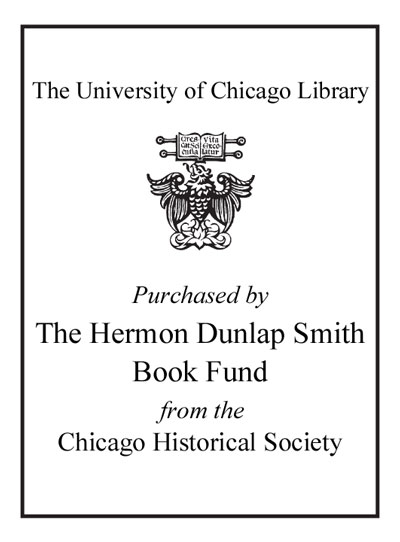Condensed matter field theory /
Saved in:
| Author / Creator: | Altland, Alexander. |
|---|---|
| Imprint: | Cambridge, UK ; New York : Cambridge University Press, 2006. |
| Description: | xii, 624 p. : ill. ; 26 cm. |
| Language: | English |
| Subject: | |
| Format: | Print Book |
| URL for this record: | http://pi.lib.uchicago.edu/1001/cat/bib/6019772 |
Table of Contents:
- Preface
- 1. From particles to fields
- 1.1. Classical harmonic chain: phonons
- 1.2. Functional analysis and variational principles
- 1.3. Maxwell's equations as a variational principle
- 1.4. Quantum chain
- 1.5. Quantum electrodynamics
- 1.6. Noether's theorem
- 1.7. Summary and outlook
- 1.8. Problems
- 2. Second quantization
- 2.1. Introduction to second quantization
- 2.2. Applications of second quantization
- 2.3. Summary and outlook
- 2.4. Problems
- 3. Feynman path integral
- 3.1. The path integral: general formalism
- 3.2. Construction of the path integral
- 3.3. Applications of the Feynman path integral
- 3.4. Summary and outlook
- 3.5. Problems
- 4. Functional field integral
- 4.1. Construction of the many-body path integral
- 4.2. Field integral for the quantum partition function
- 4.3. Field theoretical bosonization: a case study
- 4.4. Summary and outlook
- 4.5. Problems
- 5. Perturbation theory
- 5.1. General structures and low-order expansions
- 5.2. Ground state energy of the interacting electron gas
- 5.3. Infinite-order expansions
- 5.4. Summary and outlook
- 5.5. Problems
- 6. Broken symmetry and collective phenomena
- 6.1. Mean-field theory
- 6.2. Plasma theory of the interacting electron gas
- 6.3. Bose-Einstein condensation and superfluidity
- 6.4. Superconductivity
- 6.5. Field theory of the disordered electron gas
- 6.6. Summary and outlook
- 6.7. Problems
- 7. Response functions
- 7.1. Crash course in modern experimental techniques
- 7.2. Linear response theory
- 7.3. Analytic structure of correlation functions
- 7.4. Electromagnetic linear response
- 7.5. Summary and outlook
- 7.6. Problems
- 8. The renormalization group
- 8.1. The one-dimensional Ising model
- 8.2. Dissipative quantum tunneling
- 8.3. Renormalization group: general theory
- 8.4. RG analysis of the ferromagnetic transition
- 8.5. RG analysis of the nonlinear [sigma]-model
- 8.6. Berezinskii-Kosterlitz-Thouless transition
- 8.7. Summary and outlook
- 8.8. Problems
- 9. Topology
- 9.1. Example: particle on a ring
- 9.2. Homotopy
- 9.3. [theta]-Terms
- 9.4. Wess-Zumino terms
- 9.5. Chern-Simons terms
- 9.6. Summary and outlook
- 9.7. Problems
- Index


